America — the land of fast food; the land of food on demand.
America — the origin of hydrogenated vegetable oils; the origin of margarine; the origin of “I Can’t Believe It’s Not Butter!“
America — the land of supermarkets filled with dead, denatured, devitalized, filtered, refined, chemically extracted, rancid, toxic food oils (especially corn oil). How long did your family use that stuff?!
Truly, it’s the oil that is slowly … ever so slowly … ruining the health of the country. And wherever else we export our highly inferior eating oils to around the globe.
Yeah, yeah, yeah … there’s white sugar and tainted dairy, heavily glutenized wheat and gmo soy, caffeine and nicotine, frozen food and canned food that are also vying for that top spot. But, it’s the oils … the really bad oils which gum up the works for decades because they don’t receive adequate attention for the damage they really do. And, these inferior oils are hidden much better — everywhere — throughout the packaged food supply of this nation.
Just where are we going with this?
With this coaching session or with regard to the current trajectory of massive amounts of substandard oil ingestion for a great majority of people?!
The Health Coach has for years put his clients on notice about this health crisis because so many did all the right things with their diets, but refused to get better. His own health suffered greatly until one day he realized that virtually every single packaged food contains rancid, dead oils. When that light went off, he began to systematically avoid every ‘processed’ oil in sight. However, the symptoms remained. Then he began to eliminate every rancid, dead oil not in sight. There are LOTs of them, and some are difficult to see even for those who are initiated in this matter.
The Acrylamide Conspiracy — Not Even An Oil
So begins your journey through the land of oils in your life. Let’s begin with acrylamides. Acrylamides are not oils or dead oils, rather a byproduct of the fried foods frying process. They rightfully possess an extraordinarily bad rep. And here’s why:
“Acrylamide is a well-established carcinogen and neurotoxin (causes nerve damage), according to Lois Gold, director of the Carcinogenic Potency Project at the University of California, Berkeley … based on a newly released Swedish report that indicates acrylamide is a by-product of fried foods ….” (Per Acrylamide: The Food Toxin That Could Cause Cancer)[1]
The following health writer does a great job on explaining the acrylamide health impacts, so let’s read his exposé at the link below on the matter.
Acrylamide: What Is It, and Which Foods Contain It?
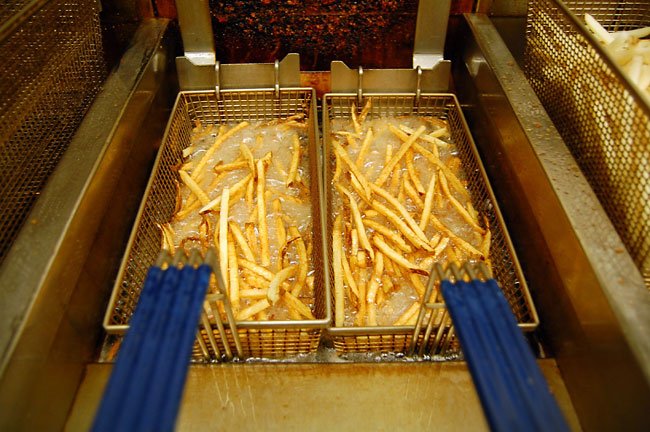
Of all the food you might eat at a fast food, the deep fried items are the ones to be the most wary of.
What’s next?
TRANS FATS: A Menace to Society
Everyone knows by now that margarine was one of the worst inventions of the modern era. Truly, margarine created an unparalleled dietary health disaster if ever there was one. And, yes, there are literally hundreds going on around us, and margarine and the many other trans fats may be the most underestimated.
WebMD does a good job of showing us what to avoid in this particularly detrimental category of fats and oils below.
Unfortunately, for many, their eating style includes way too much restaurant and packaged food out of necessity or expediency. Herein lies the real problem. Until you really take responsibility for your daily diet, nothing can change. And you’ll be a slave to the corporate menu and factory-produced recipes which contain the worst oils and fats of all. Welcome to the world of Metabolic syndrome.
Homemade Food versus Processed Food and/or Restaurant Dining
Planning weekly menus, creating recipes for your unique body type, cooking your own food from scratch does take some quality time. We know, we do it.
Buying fresh, locally grown, organic produce on a regular basis does take time. So does washing it and managing it properly in the fridge. Then, there’s chopping the food, cooking the food and eating the food. Sounds like a nice daily ritual to us. Except that not enough people do it anymore.
This is how most of us find ourselves in the predicament of eating so much bad processed oils — it’s simply found in so many foods out there in the society of food processing, production, and preparation.
What do you think happens when you start with oil that is “dead, denatured, devitalized, filtered, refined, chemically extracted, rancid, and toxic”, and then fry with the same oil again and again and again? Do you have any idea what the actual state of the oils are that restaurants use to fry or deep fry your special fried foods and delectable fried treats? How about the thousands of food factories that use the very same oil over and over again to cook all of the processed snacks and junk foods? How many times do you think some of that oil is used over the course of weeks or months?
Rancidity and Shelf Life
You cannot always smell rancidity, so the smell test of yesteryear is not valid in determining the real condition of your oil. There are different types and various causes of rancidity. Each one results in an assortment of defects. Because of this predicament it is always best to carefully consider the source of your cooking oils. Only by performing serious due diligence is a consumer able to ferret out the key data and pertinent information which will indicate the true state of any brand of oil.
Oils should always be refrigerated since doing so will greatly increase their shelf life by slowing down rancidification. They should be put in the refrigerator as soon as they are purchased, especially in the warmer climes. The small amounts of oil – like olive oil* – which you keep handy to cook with outside the fridge, ought to be kept in a dark, cool place, and in a small green or brown glass jar so that oxidation is kept to a minimum.
*Olive oil congeals and hardens when refrigerated, so this is a practical recommendation.
Keeping the same batch of oils around beyond a certain time frame is ill-advised. It becomes less fit for human consumption the older it is, especially if it is not managed properly. We separate our oils into two different categories: (i) one for cooking (ii) and one for eating raw.
From an Ayurvedic standpoint we only cook with a very few oils and dairy products. These include:
• Grapeseed oil
• Ghee and Butter
• Coconut oil
• Low temp sauteé and in very short time with olive oil
These are secondary cooking oils:
• Olive and Sesame at low temperature
• Sunflower oil and Walnut oil
• Peanut oil when nothing else is available, like during a trip through India
Smoking Point of All Cooking Oils is Quite Significant.
The temperature at which any oil will start to smoke is called its smoke point. You never want your oils to smoke. Here’s a chart which delineates the max temp for each oil regarding its smoking point. When they do smoke, it really should not be used to cook with. As follows:
When an oil is heated past its smoke point, it generates toxic fumes and free radicals which are extremely harmful to your body.
When the smoke point is reached, you’ll begin to see the gaseous vapors from heating, a marker that the oil has started to decompose.
Decomposition involves chemical changes that not only negatively affect the food’s flavor and nutritional value, but also create cancer-causing compounds that are harmful when consumed and/or inhaled.
So if you’ve cooked your olive oil too long and it starts smoking, please turn off the stove and keep the vapors out of your lungs! And definitely throw away any food that’s been in contact with the oil; it’s much better to start again than to risk putting these free radicals into your body.
(Source: The Danger of Cooking with Healthy Oils Past Their Smoke Point)
Oils are best taken raw in order to receive their maximum health benefits. They should not be cooked twice unless you are reheating leftovers that were cooked with oil. They should be used sparingly so as not to burden the liver and/or trigger gall bladder attacks and/or cause long term liver and gallbladder dysfunction.
As for oils and dairy we eat raw, the best are:
• Ghee[3] and Butter
• Sesame and Olive oils
• Avocado, Walnut, and Sunflower oils
• Macadamia nut, Almond and Pumpkin seed oils
• Black cumin seed, Coriander seed, Amaranth seed and Flax seed oils
We NEVER eat Canola oil (aka rapeseed oil), Corn oil (GMOed to the max), Soy or Soybean oil (GMOed too), Fish oils, Flaxseed oil (goes rancid in a heartbeat if not processed perfectly, which is extremely cost-prohibitive), and Hemp oil (too many mind-altering chemicals, for real).
Lard, of course, is verboten which puts many a restaurant striclty off limits. So are all the margarines, oil spreads, and obviously fake butters and oil substitutes. Olestra is, therefore, strictly forbidden.
What follows is a great example of advice, from a reputable source on many other health matters, NOT to follow. There is so much disinformation, false information and misleading information around oils it just makes your head spin. Again, the following link is NOT to be taken seriously. When even LIVESTRONG recommends canola and fish oils, it is easy to see how easy it is to be misled by other ‘reputable’ internet sources.
Researching the Oil Source and Processing Methods is Crucial
No two olive oil brands are the same, and they ought to be thoroughly researched before eating the very same brand for the rest of your life.
At the very minimum, whenever possible, all of your eating oils should be organic, raw, extra virgin, unrefined, cold-pressed or expeller pressed (and even these extraction methods are very questionable, but that’s all that is available for many). They ought to be packaged in dark green or brown tinted bottles to retard the process of rancidification as well.
The process of oil extraction reigns supreme in determining the true quality of food grade oils. Because of what actually occurs to the oil — both chemically and mechanically — in the various processes of extraction, the integrity of oil products can literally range from extremely pure and high grade to those which are truly unfit for human consumption. Especially when used medicinally, oils ought to be extracted by the best possible means.
Paul Pitchford’s Excellent Oil Advice
There is much more to food grade oils than what has been discussed here, but we defer to the experts for their input on this critical area of diet.
Whose advice do we follow? We’ll tell you — it’s Paul Pitchfork. He’s the very best there is because nobody knows their stuff like Paul Pitchford when it comes to oil. Especially for those who suffer from those imbalances, deficiencies, and/or gallbladder and liver ailments related to oil and fats should Paul’s advice be heeded. His excellent book — HEALING WITH WHOLE FOODS — is found at the following link:
Conclusion:
Oils and fats form an important part of a balanced diet. Because of the general degradation of the food supply, it does require a certain degree of initiative to protect yourself from all the bad oils. They are numerous and often hidden. Getting away from processed, packaged supermarket foods is the quickest way to do this.
Incorporating the oils suggested will show you quite emphatically that oils make a HUGE difference in the way your entire digestive process works. For the many who suffer from gallbladder dysfunction and/or liver congestion, the recommended changes will produce immediate results.
If you are dealing with a serious medical condition or health crisis, the detoxification pathways of your liver need to be functioning well. Eating healthy oils is a good way to reduce the toxic burden on the liver, as well as the entire GI tract. Depending on which oils you eat the most frequently, it can also be a great way of receiving your necessary omega-3s[4], as well as your daily dose of EFAs (essential fatty acids)[4].
May you enjoy great health,
The Health Coach
Endnotes:
[1] “Acrylamide: The Food Toxin That Could Cause Cancer” – www.smart-publications.com
[2] “Cooking Oil Smoke Points” – http://www.goodeatsfanpage.com/collectedinfo/oilsmokepoints.htm
[3] Ghee, which is also known as clarified butter, is almost entirely composed of fat and excellent for sauteing, frying, baking, etc. Within the tradition of Ayurveda, ghee is known to be very sattvic and therefore a very favorable food type for promoting excellent health. From time immemorial ghee — the golden elixir of India — has been considered to be the “food of the gods”.

[4] Omega-3s (aka ω−3 fatty acids or n-3 fatty acids) are polyunsaturated fatty acids which are found in both plants and animals. The plant sources are far superior to the marine animals. Also, even though they are referred to as essential fatty acids, omega-3s can be synthesized by mammals, contrary to incorrect theories that modern science disseminates. The body can and does create substances to sustain life, sometimes by the process of transmutation. Modern bio-medical science is simply not advanced enough to detect such natural alchemical processes which occur every day in the human body.
Health Disclaimer:
All content found at The Health Coach is for information purposes only. Therefore, the information on this website is not a substitute for professional medical care and should not be construed as either medical diagnosis or treatment. All information contained herein ought to be considered within the context of an individual’s overall health status and prescribed treatment plan.
Since The Health Coach does not diagnose, treat, mitigate, cure, or heal any type of disease or medical condition, the information contained at this website is not intended to provide specific physical, mental, emotional or psychological health advice.
It is entirely the reader’s decision to act or not act on any information at The Health Coach. Therefore, we fully invoke the HOLD HARMLESS clause for those who are responsible for putting any of this information into practical use and application.
© 2012 The Health Coach
Permission is granted to post this health blog as long as it is linked back to the following url: https://thehealthcoach1.com/?p=2122

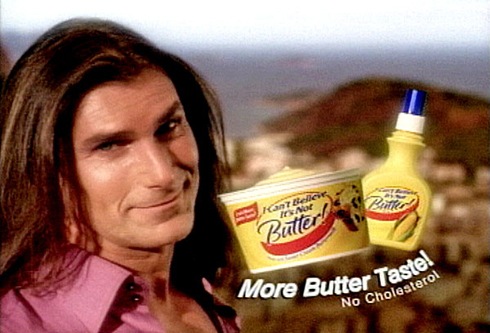
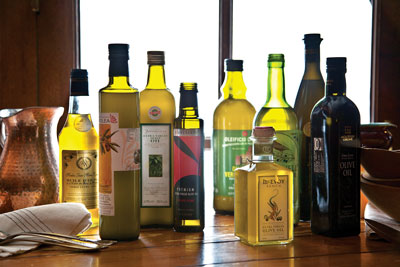
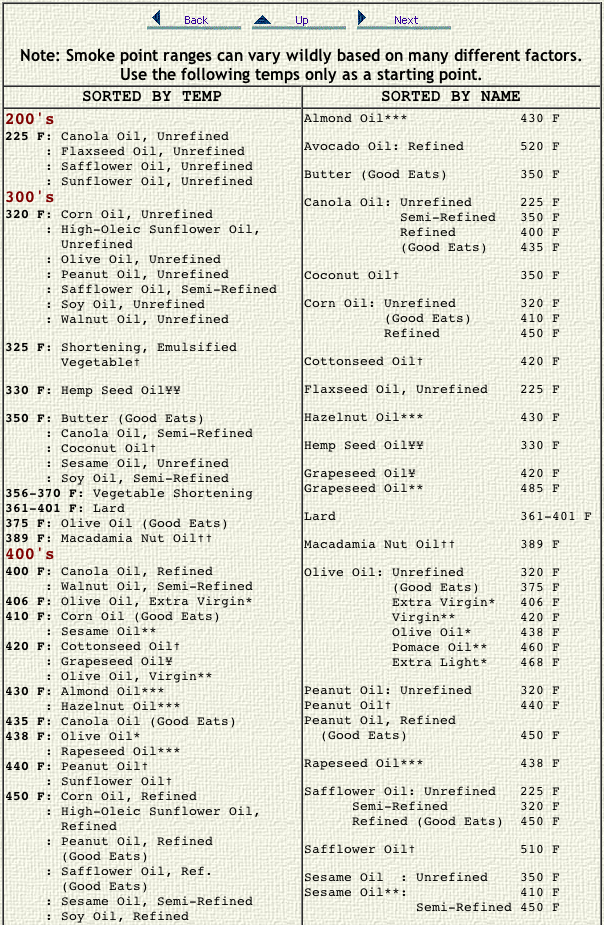
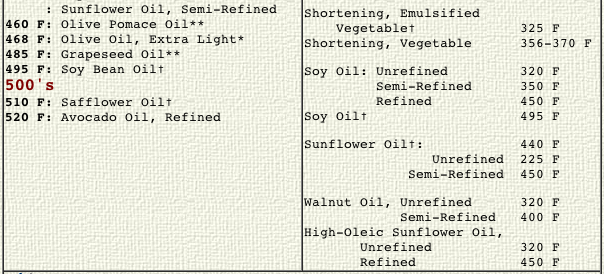
Pingback: Bad Oils: The Hidden Destroyer of Health « Lip Diva